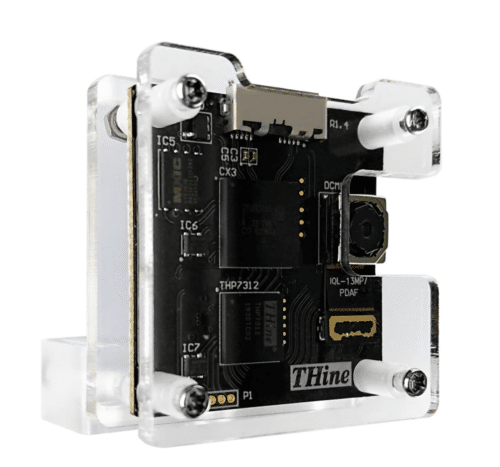The 13MP PDAF kit enhances image quality and precision, is suitable for dynamic photography, and revolutionizes the field for professionals and hobbyists.

Phase-detection auto-focus (PDAF) represents a significant advancement in camera technology, offering rapid and precise focusing capabilities essential in modern photography. This technology, now widely adopted in professional-grade cameras and smartphones, stands out for its ability to quickly and accurately lock focus on a subject, greatly enhancing the quality of images. Particularly beneficial in dynamic shooting scenarios, such as sports and wildlife photography, where subjects are in constant motion, PDAF ensures sharp, clear images even under challenging conditions. Its integration into contemporary imaging devices has revolutionized the field, making high-quality photography more accessible and user-friendly, and has become a pivotal feature for photographers and videographers alike.








